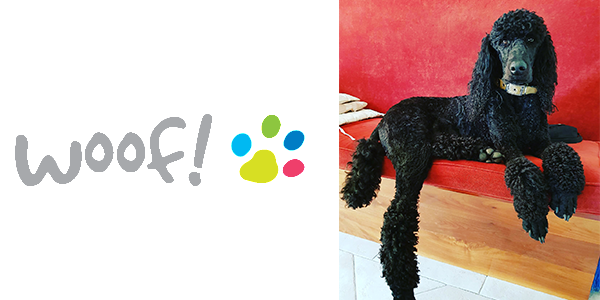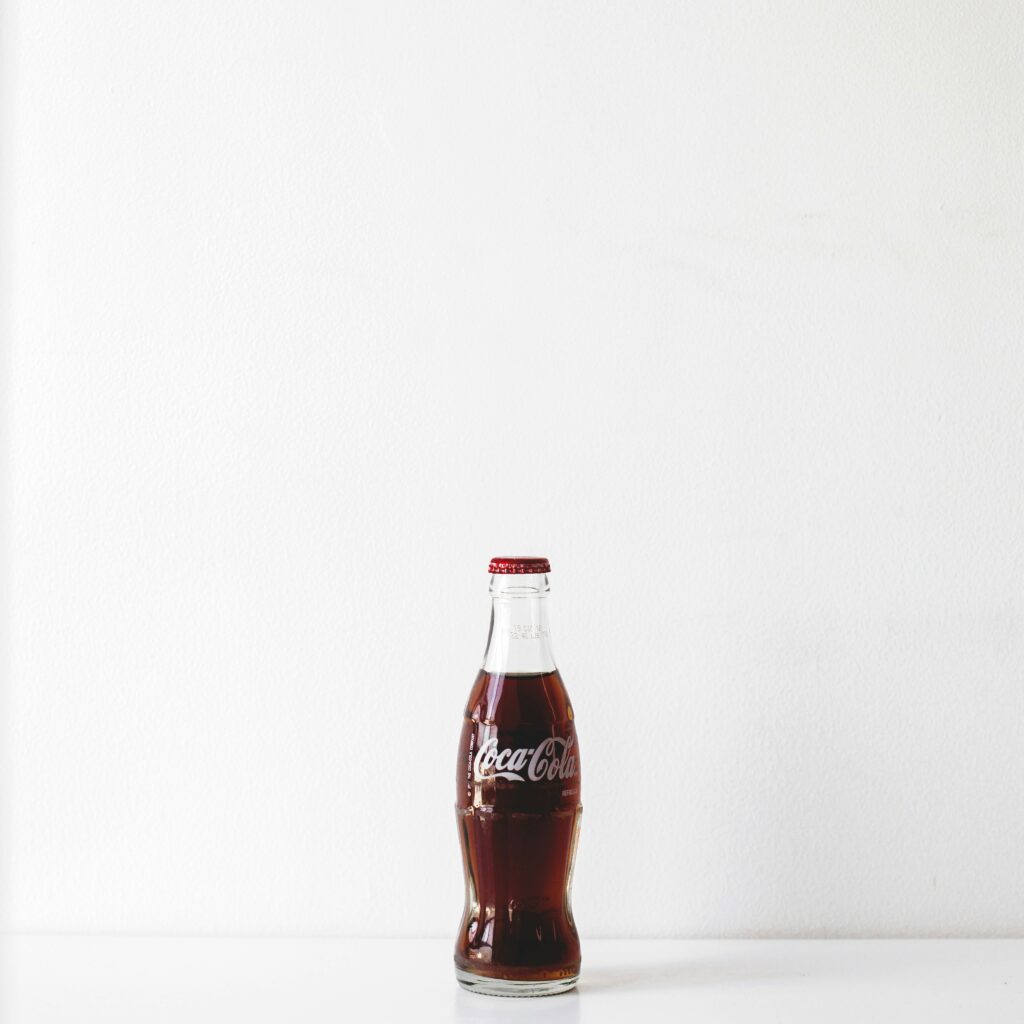Everyone wants Ronaldo on their team. He looks like a demi-god, is an incredible athlete and boasts the second most followed account on Instagram, beside the app’s official page.
In 2006, Ronaldo posed for a series of advertisements for Coca-Cola. It was a partnership worth millions. In the images, the young footballer, ripped and smiling, dressed in the brand’s signature colour, is painted by the lighting in a way that makes him almost look like the can of coke he is promoting. Perched on his shoulder, the can reminds one of the little inner-devils that would whisper bad advice to cartoon characters.
“Keep it up Ronaldo”, the can appears to say. “Imagine how much money we could make!”
Move forward to 2021 and in the midst of one of most successful football careers of all time, fatherhood and a dedication to a healthy lifestyle, it seems reasonable that Ronaldo may now look back to this partnership with regret.
The star’s renouncement of the drink at a recent Euro 2020 press conference caused a media sensation, spurred by misinformation and sensationalist journalism. “Ronaldo cost Coke $4 billion!” headlines seemed to scream. It didn’t take long for the truth to appear. Coke’s share price had been slashed prior to the press conference and there was no evidence of a causal relationship between Ronaldo’s move and the stock price.
But the story continued to touch nerves.
Someone threw a Coke at Ronaldo; disgruntled tweeters pitched accusations of hypocrisy while others defended his right to a change of opinion.
What did all this attention ultimately mean for Coke?
At the crux of the issue is the conflict between brand salience and brand equity.
Proponents of the brand equity school saw a brand’s image tarnished by an influential figure. Imagine Nescafé losing Clooney, and the sexy, suave sophistication he brings to the brand.
Team salience insists the attention caused by the event and the coverage preceding it far outweigh any harm to brand image.
Despite contradictory interpretations, what remains is a testament to the fickle nature of brand/influencer relationships. This is a capricious world that is only escalating in volatility.
Some say that influencers, particularly in the social media era, are harbouring more power than ever. Ronaldo earns $40US million a year from Instagram, a figure that oversteps the $37US million salary he’s paid at Juventus F.C.
With this comes a huge platform for activism, and freedom from corporate rulings. And Ronaldo isn’t the only one stopping to make a statement.
Last Tuesday, French footballer Paul Pogba, a practicing Muslim, removed a bottle of sponsor Heineken’s non-alcoholic beer from the press conference table. MMA fighter Israel Adesanya has expressed an ongoing disdain for the sport’s “Official Energy Drink” Monster Energy on multiple occasions. Adesanya takes every opportunity he can to remove the products from public view and is prone to doing so in a comical fashion, such as when he blocked the drinks out with his UFC belt.
What can we learn from this?
With great power comes great responsibility. Personalities are harnessing this power more and more and it’s something that marketers need to acknowledge. Giving a brand a face can help represent it according to the values associated with that person. But that face might not always be smiling. And values change.
When working through marketing objectives and deciding whether to use celebrities or particular sponsors, a thorough and considered risk assessment is essential. Brands too must be hyper-aware of the environment they are creating for these individuals, and deliver authentic branded experiences.
Today, amongst so much clutter, simply leaving a couple of cans on the press conference table seems a little lazy and passé. Brands need to think creatively about how they represent themselves and be aware of the sensitivities of those who may resist.
Although, we did kind of enjoy seeing Ronaldo morphed into a coke can …

Final word from our culture manager
Haiku dog
As my loyal readers, I have no doubt you remember my famous woof column in which I published a triplet of dog-themed poems. The uproarious reception this one received demands more poetry. And I am not one to disappoint my readers. But instead of the traditional poem you were treated to, I thought I’d take a stab at the ancient Japanese Haiku.
Having just pushed past the winter solstice, here is a triplet of haikus about winter!
Outside the wind bites
And the trees go back and forth
Inside keyboards click
Lying on the floor
Stuart says time for a walk
I say no Stuart
In icy weather
A good pat is all I need
To drift to warm sleep
Stay tuned for more doggy poetry!



